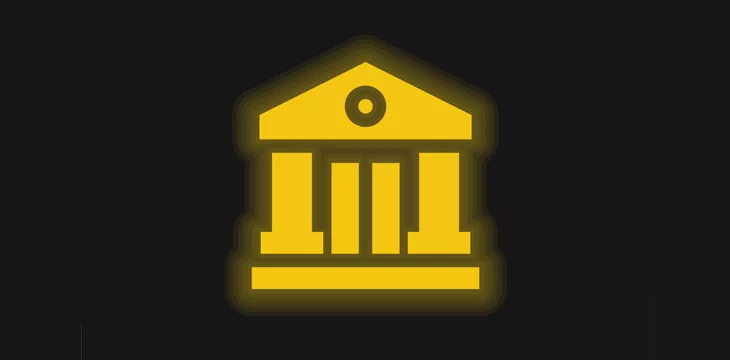|
Getting your Trinity Audio player ready...
|
Last December, the Basel Committee on Banking Supervision published final rules for bank capital requirements when dealing with so-called crypto assets. While it treated most tokenized securities as low risk, it expressed reservations about permissionless public blockchains.
The Committee will continue to reflect on whether the risks posed by crypto assets that use permissionless blockchains can be sufficiently mitigated to allow for their inclusion in Group 1 (lower risk) and, if so, what adjustments to the classification conditions would be needed. – Final rules publication in December 2022.
In its June 6 update, the Committee announced that additional rules regarding public blockchains might be coming. In the meantime, banks have been moving forward and experimenting.
Banks are showing interest in permissionless blockchains—but they haven’t figured out the tech side yet
Since the Basel Committee’s clarifications in December, several banks have shown interest in utilizing permissionless public blockchains for various real business purposes.
For example, earlier in June, SWIFT announced that it was working with more than a dozen institutions to experiment with public blockchain interoperability. While this shows that major banks are interested in utility blockchains, it also shows that even one of the world’s biggest banking organizations doesn’t yet realize the futility of using multiple blockchains and the unnecessary challenges and limitations this will impose.
However, SWIFT isn’t the only big banking name that’s looking closely at blockchain technology. French giant Société Générale issued the first bank-backed stablecoin on Ethereum, and a number of Japanese banks are touted to do the same on Polygon, Cosmos, and Avalanche. In related news, Dutch bank ABN Amro (NASDAQ: AAVMY) helped one of its customers issue a bond on the Stellar blockchain, and multiple German banks invested in a bond issued by Siemens (NASDAQ: SIEGY) on Polygon.
Opinion: we’re slowly moving toward utility, but there’s a long way to go
Clearly, the news of big banks using blockchains to issue real assets like stablecoins and bonds is a move in the right direction. Finally, institutions are waking up to the power of blockchain technology to change how they do things and reap the benefits of a transparent, immutable global database.
However, looking at the lineup of blockchains being experimented with, it’s clear we have a long way to go regarding education on the technical side of things. None of these blockchains can scale to the levels needed to underpin the global financial system or even to serve the needs of one or two large institutions. For example, even a relatively small non-fungible token (NFT) issuance brought Ethereum to a standstill last year.
What’s more, there’s already a blockchain that can do it all without the need to use ‘solutions’ like Chainlink to attempt to solve a problem that need not exist. The BSV blockchain can do all of what has been attempted above and then some.
Having already scaled to 100,000 transactions per second and tiny fees of fractions of a cent, BSV is the ultimate utility blockchain, and in time, banks and other institutions will figure it out. Until then, these announcements will showcase how the banking industry will remain in the testing stage with minor experiments teaching everyone what’s possible (and not) on other blockchains.
To learn more about the difference between permissioned and permissionless blockchains and why scalability matters, check out the recent discussion on exactly that at the London Blockchain Conference.
Watch: Blockchain and banking

 07-18-2025
07-18-2025 





